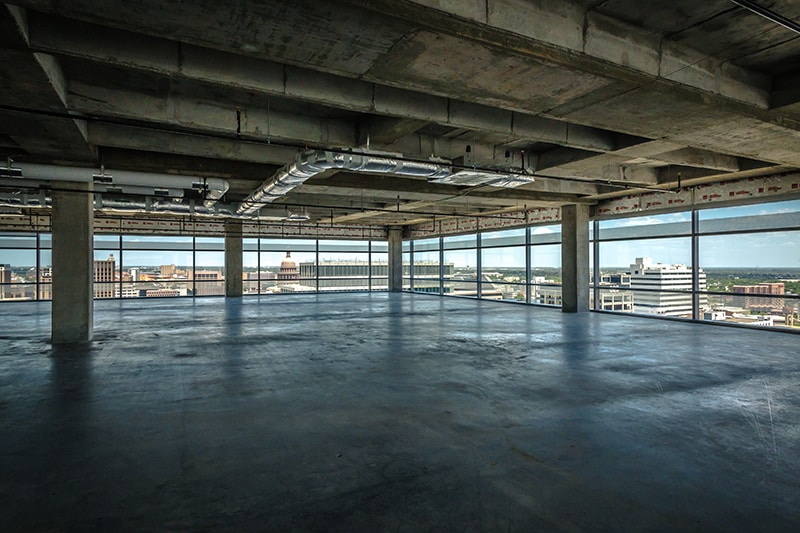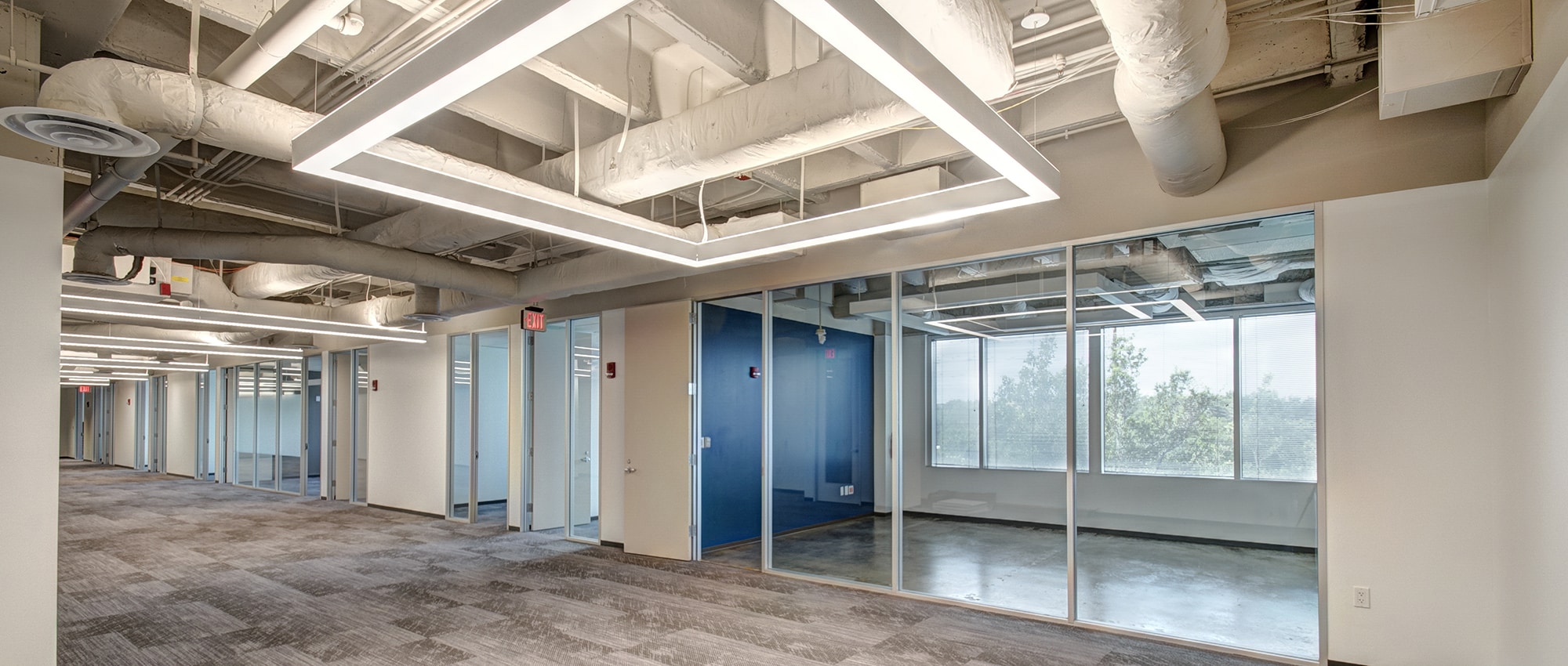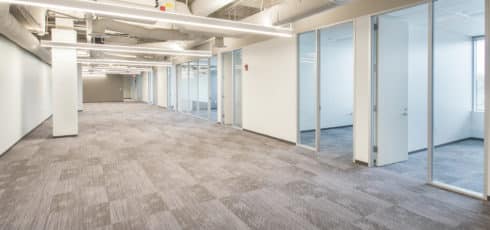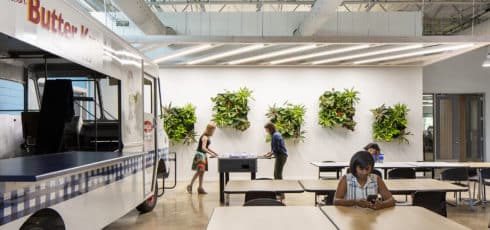If you have recently moved into a new office space, or are planning to move soon, you probably have a list of renovations you would like to make. To help pay for those renovations, your tenant representation broker likely counseled you on the importance of negotiating tenant improvement (TI) allowance into your lease.
Read Next: What Are Typical Tenant Improvement Allowances in Austin, Texas?
But what is a TI allowance and what does it cover? Below you will learn:
- What a TI allowance is
- Why TI does not cover everything
- What TI covers
- What TI does not cover
What is a TI Allowance?
A tenant improvement allowance is money given from a landlord to a tenant to help pay for the improvements to an office space, or sometimes other expenses associated with moving into a new space. The specific amount of this allowance is negotiated into the lease, along with a detailed outline of what it can be spent on.
A tenant improvement allowance is a number generally referred to in dollars per square foot. For example, your lease may say something like:
Tenant’s actual “Tenant Improvement Costs” (i) the sum of $1,000,000.00 (based on $50.00 per rentable square foot of the Premises), to be used toward Building Improvement Costs with respect to the Premises.
Because a TI allowance typically does not have to be repaid (it is a function of the other deal terms in a lease such as rental rate and term length), it can be a major incentive for a tenant to sign a lease. If you are planning to do renovations to your new space, securing a TI allowance is an important negotiating point
Why Doesn’t TI Cover Everything?
There are, however, some caveats to TI allowances that you need to consider.
A common misunderstanding in the office build-out process is that the tenant improvement (TI) allowance is intended to cover all the costs associated with a space. While negotiating a sizable TI can be beneficial, you can be almost certain that it will not cover absolutely everything.
While the tenant must factor in costs like data cabling, furniture, and decorations, the landlord is only concerned with the improvements that will increase the value of the building. Unlike furniture, improvements like new walls and doors will leave lasting value on the building that the landlord will potentially benefit from down the road.
Because of this, most landlords restrict what the TI allowance can be used on.
What Does TI Cover?
Landlords will usually allow TI to be spent on the hard costs and soft costs of the project.
Hard costs are the result of improvements that will be left behind once the tenant leaves, which could be a direct benefit to the landlord.
While soft costs may not be as directly beneficial to the landlord, they are a necessary part of the build-out process (such as a construction management fee). Whereas hard costs are generally accepted, soft costs typically need to be individually defined within the TI section of a lease.
Some examples of hard costs are:
- Framing, walls
- HVAC, electric, plumbing
- Doors, windows
- Paint and carpet
To learn more about what hard and soft costs to budget for in your office build-out, read our article Cost to Build Out Office Space: How to Plan and Budget.

A tenant improvement allowance can cover the construction of framing and walls, as well as HVAC, electrical and more that are required to convert a shell-space like into an office.
What Does TI Not Cover?
On the other hand, landlords are not likely to let tenant use their TI on miscellaneous expenses specific to the tenant’s needs. If the improvement will not be useful or appealing to the next tenant to occupy the space or can be removed when the tenant leaves, the landlord will receive no benefit from paying for it. While the landlord would almost always rather put money towards creating lasting value for their property, under some circumstances, landlords are willing to contribute a small portion of the TI allowance toward these types of expenses in an effort to secure the tenant and sweeten the deal for the tenant.
Some examples of these costs are:
- Furniture, fixtures, and equipment
- Electronic equipment
- Data cabling
- Moving expenses
More TI Questions?
Securing a TI allowance can be very beneficial to a tenant, but it is important to understand that it is not intended to cover 100% of your all-in costs. There are a number of variables that could play a role in the size of TI you are able to secure, so sitting down with one of our project managers and getting a budget estimate before you sign a lease can be beneficial and save you money in the long run.
Popular Articles:
- What is an Amortized Tenant Improvement Allowance & How Can It Help Pay for My Office Build-Out?
- Cost to Build Out Office Space: How to Plan and Budget
- Cost to Hire a Project Manager for an Office Build-Out or Renovation (Fees/Rates)














